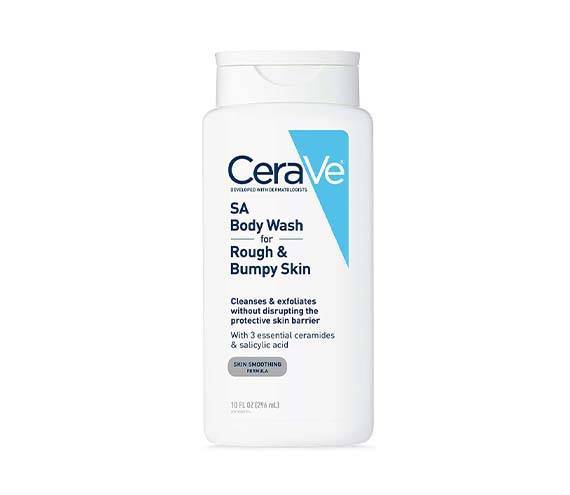Razor Bumps: Causes, Treatment & Prevention
April 18, 2022Whether you’ve been shaving for years or are picking up the razor for the first time, razor bumps can cause annoying irritation on your face, legs or bikini line. Luckily, razor bumps are relatively easy to prevent and get rid of. To give you the rundown on razor bumps, we tapped Dr. Jeannette Graf, a New York-based board-certified dermatologist and Skincare.com consultant. Below she explains what razor bumps are, how to treat them and how to prevent them from cropping up ever again.
What Are Razor Bumps?
According to Dr. Graf, razor bumps, also known as ingrown hairs, are irritated areas of skin that are the result of shaving. They often look like red bumps on freshly shaved areas and can develop an infection if not properly treated. These bumps can appear anywhere that you may shave — including your legs, bikini area and face.
What Causes Razor Bumps?
“When shaving, the hair is being pulled and rather than coming off it snaps, creating a rubber band effect that curls the hair into the hair follicle causing it to grow inward,” explains Dr. Graf. This results in razor bumps. Though anyone can develop razor bumps regardless of their skin type, hair type or where they shave, they’re more likely to occur if you have coarse, thick hair, and dry skin can exacerbate the issue.
How to Get Rid of Razor Bumps
If you do experience razor bumps, don’t panic. There are few things you can do to minimize the irritation. First, Dr. Graf recommends chemically exfoliating the area with products that contain salicylic acid. “Gentle chemical exfoliation can help slough away dead skin cells that can become trapped in the hair follicle,” she says.
For a gentle daily exfoliant try the CeraVe SA Body Wash for Rough and Bumpy Skin which exfoliates and strengthens the skin barrier at the same time. Dr. Graf also likes the First Aid Beauty Ingrown Hair Pads.

To calm irritation associated with razor bumps, Dr. Graf suggests looking for products that contain ingredients like tea tree oil or aloe vera. “Aloe vera has calming properties that will help soothe the pain of razor bumps,” she says.
If you don’t have any soothing products on hand, the best razor bump treatment is a warm compress. Dr. Graph says to run a fresh towel under warm water and place it on the affected area for five to ten minutes.
How to Prevent Razor Bumps
Once you are able to get the irritation from razor bumps under control, you may want to adjust your shaving routine to ensure they don’t return. Just like with treating razor bumps, Dr. Graf recommends exfoliating with salicylic acid to unclog your pores pre-shave so you lessen the likelihood of developing them.
Though it may be tempting to shave with only water, it’s also a good idea to use a gentle shaving cream (we like the Fur Protective & Soothing Shave Cream for legs and bikini area) because it will not only moisturize the area, but also help you achieve a closer shave. Make sure you regularly replace your razor, too. Ideally it should be discarded after four shaves.
Most importantly, you should always shave in the direction of your hair growth to prevent the hair snapping that leads to razor bumps.
How Long Can Razor Bumps Last?
If not addressed, razor bumps can become a chronic issue. When you experience them, Dr. Graf says the best thing to do is to let the visible redness settle before attempting to shave again so they can improve sooner rather than later. Sometimes, razor bumps can become infected — if this happens, visit your dermatologist for treatment.
When it comes to razor bumps, it’s important to remember that sometimes the small adjustments can make all the difference. Following these simple steps can help reduce irritation from razor bumps and help you achieve a smoother shave.
Photo: Chaunte Vaughn
Read More:
How to Prevent and Treat Strawberry Legs, According to a Dermatologist
7 Tips to Help Prevent Razor Burn — Even on Dry Skin
How to Prevent Pimples After Shaving in 5 Easy Steps


